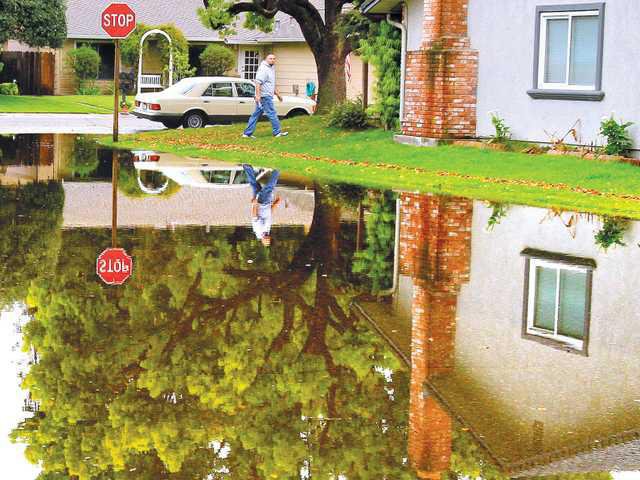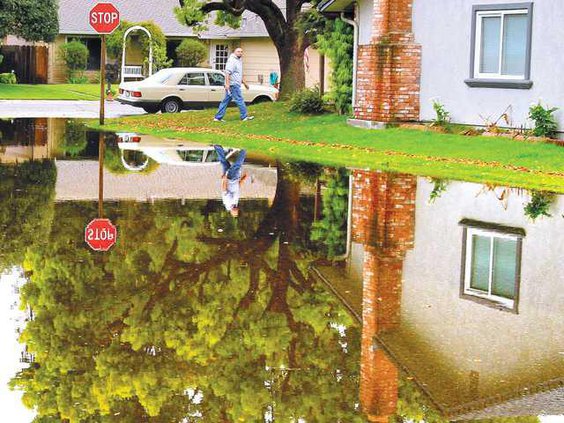South San Joaquin County Irrigation District is again bucking the state trend when it comes to water.
Just two months after declaring a water emergency, the SSJID board Tuesday was able to roll back measures put in place to stretch water supplies.
“We’re able to make all of our deliveries,” SSJID General Manager Jeff Shields said. “We’re in good shape.”
It is in stark contrast with virtually every other irrigation and water district in California. Recent storms have somewhat eased the water concerns elsewhere but the crucial April 1 snow survey shows Sierra snowpack at 55 percent of normal. The snowpack is the largest “reservoir” of water in California.
The SSJID was able to dodge the bullet by taking steps early and not waiting plus delaying the start of the irrigation season until late March. The rainfall has helped add critical moisture back to farmland plus has helped partially full reservoirs. The district also is benefiting from improved snowfall on the Stanislaus River watershed. Those factors in combination with the fact the SSJID has four reservoirs including Woodward Reservoir is expected to enable it to meet all deliveries for 2012 to urban and farm users based on last year’s consumption.
The SSJID is entitled to 300,000 acre feet of water annually from the Stanislaus watershed. They now anticipate being able to receive 270,000 acre feet.
The district will be able to make irrigation delivers to everyone until the end of the water year including those who took a rare January water run in order to keep orchards, vineyards, and other crops alive.
The water level at Woodward Reservoir will not be lowered by five feet. That move was designed to reduce surface water exposure that in turn reduces evaporation losses.
Irrigation runs will also return to normal by May. The plan that had been put in place called for shorter runs and a longer period of time between water being delivered.
The district is continuing its efforts to reduce water consumption through better practices and conservation even though they had dodged a bullet for this year.
Nearly $14 million is being spent on a pressurized system for drip irrigation in the delivery zone south of Manteca and west of Ripon. It is designed to significantly reduce water use by eliminating the need to flood fields or use sprinklers.
SSJID drops emergency, enough water on tap





